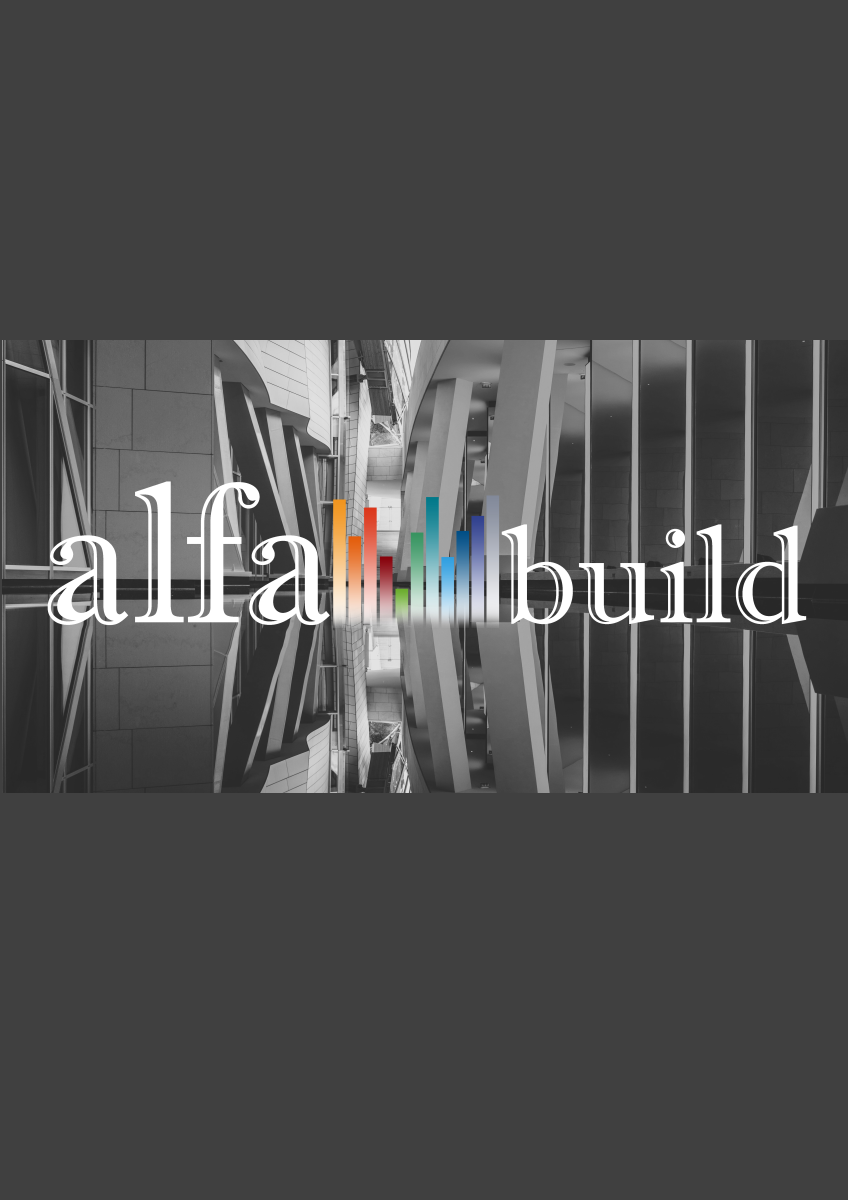Structural Health Monitoring with Integrated Optical Fiber Sensors: A Review
Recent advances in integrated fiber optic sensors for structural health monitoring are examined. The review covers implementing various detection mechanisms, including fiber Bragg gratings, Brillouin optical time domain, and Raman spectroscopy. The challenges and opportunities associated with integrating fiber optic sensors into various structural materials and emerging trends in measurement technologies and data analysis for structural health monitoring applications are summarized. The following conclusions are drawn. Fiber optic sensors offer several advantages over traditional nondestructive testing methods, including resistance to electromagnetic interference, small size, high sensitivity, and the ability to measure over long distances. Integrating fiber optic sensors into various structural materials, including composites, concrete structures, and textiles, provides effective monitoring and a broader range of capabilities than traditional structural health monitoring tools. It is necessary to continue research in materials science, measurement technologies, and data processing to improve the accuracy and reliability of measurements and reduce the cost of sensors.



